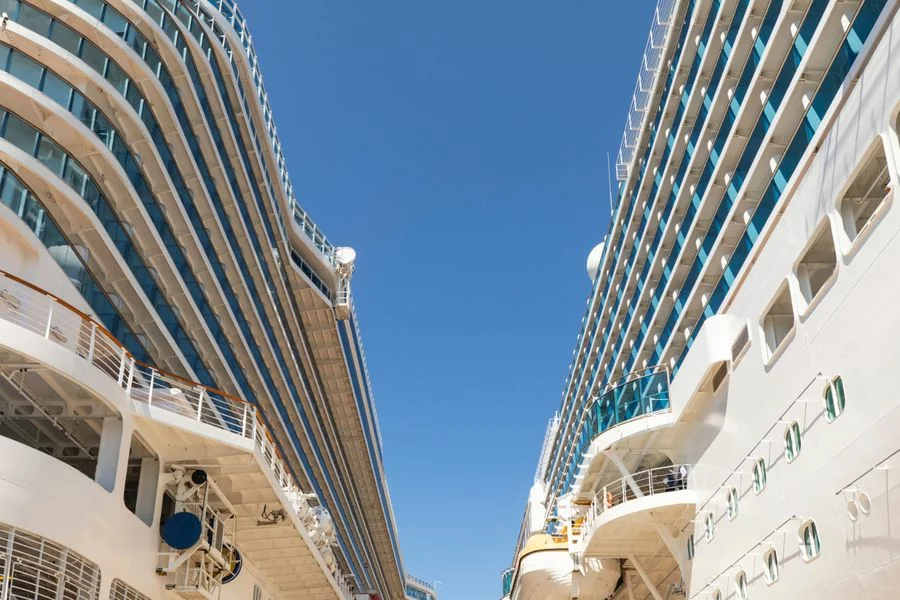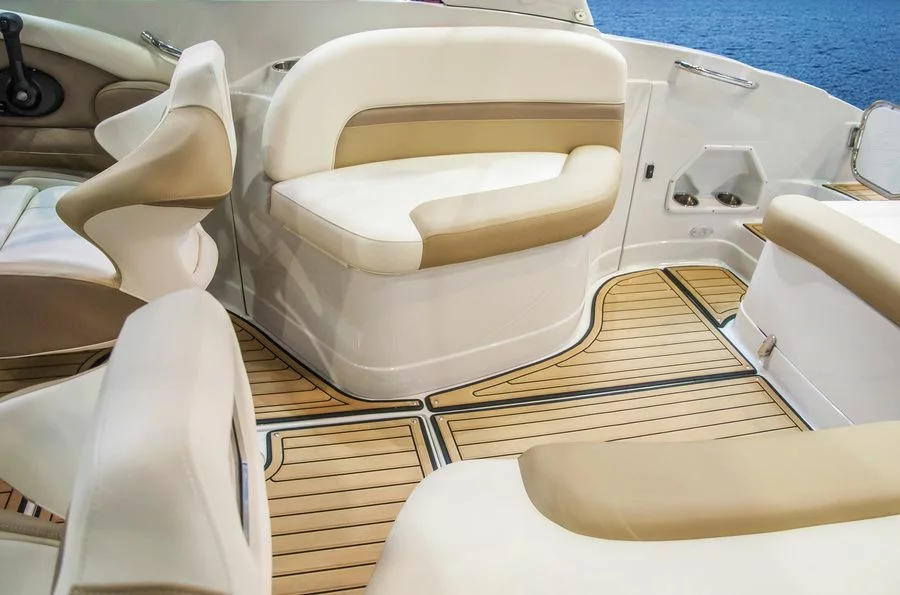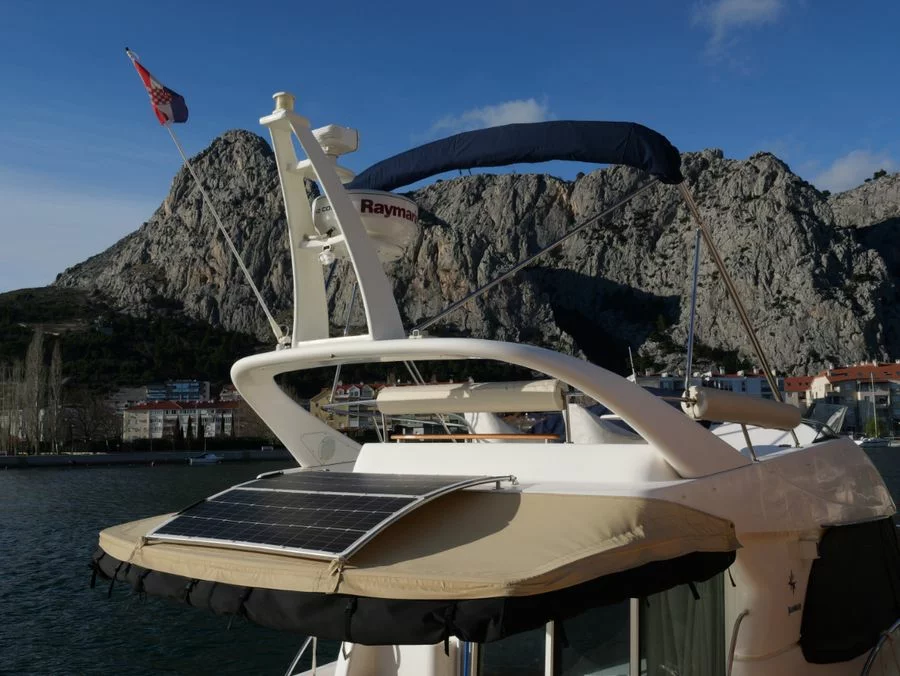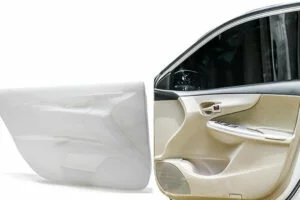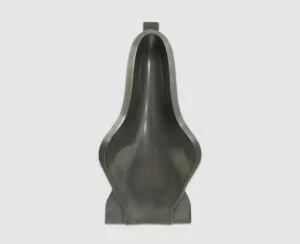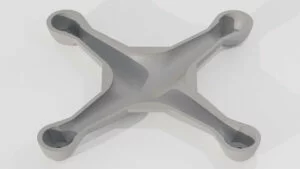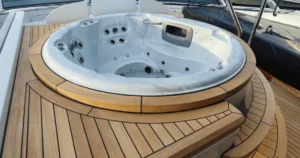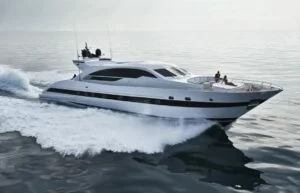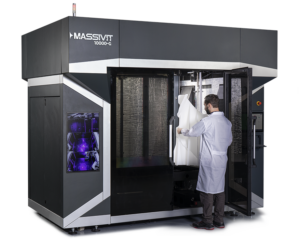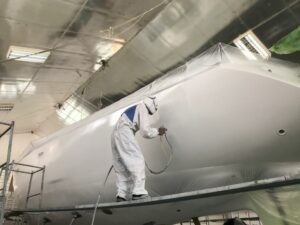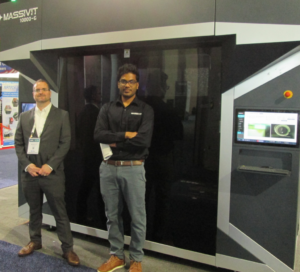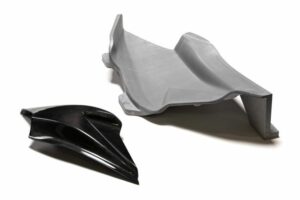Vacuum Bagging
Initially, this laminating process is similar to open molding layup. The excess resin is then drawn out by applying a vacuum to the wet laminate, which is then sealed in a plastic film. Removing the excess resin is essential because it does not add strength but increases weight. The vacuum bagging process reduces the boat’s weight without compromising its strength.
Vacuum Infusion
The vacuum infusion process uses plastic film and a vacuum to achieve the perfect resin-to-glass ratio. Unlike the traditional wet layup process, the vacuum infusion introduces resin and draws it through the cloth using resin feeding lines. This method allows for precise measurement of materials and uniform pressure distribution over a broad area, making it possible to lay up larger parts.
Monohull versus Catamaran: Construction Comparison
Catamarans require two hulls, making them more expensive to build than monohulls. Most modern catamarans use fiber-reinforced-polymer (FRP) construction, designed to withstand challenging ocean conditions. Due to their intended use as bluewater cruisers, catamarans require larger bulkheads that can handle greater loads. These substructures are reinforced with closed-cell foam, isophthalic resins, and high-resistance polyester.
Cold Molding
The cold molding construction process involves attaching multiple layers of wood veneers to a pre-fabricated jig to create the boat’s hull shape. Epoxy resin is used to glue the veneers together, and the hull is reinforced with hand-laid fiberglass and epoxy resin for added strength. This construction method is commonly used for Custom Carolina sport fish yachts, Bayliss 73-foot convertible, Vicem yachts, and boats by Jarrett Bay, Spencer, Merritt, and Weaver Boatworks.
Plastic boats are at the opposite end of the spectrum. Usually less than 20 feet (6 meters) long, roto-molded plastic boats have gained popularity in the dinghy and kayak markets. These boats are made from melted plastic pellets inside a rotating oven/mold. The resulting boat is simple, inexpensive, and takes the mold’s shape when it cools.
Additive Manufacturing In the Boat Building Industry
Additive manufacturing’s popularity is gaining momentum in the maritime industry for boat production. Many companies are leveraging its benefits to create custom parts, high-performance components, directly printed molds, and prototypes. Greece’s Stefos Yacht Services, a leading boat maintenance and repair company, has adopted large-format 3D printing technologies to speed up production and offer tailored solutions for its customers. Working with Lino3D, the company is using Massivit’s industrial 3D printers to produce large parts, in one go, without any assembly step, which simplifies waterproofing and reduces waste. Stefos Yacht Services’ founder and CEO, Dimitris Stefos, noted that 3D printing has enabled the company to instantly produce full-scale components that can be installed on vessels, allowing customers to validate the final part quickly. Moreover, the technology allows for making any shape and size at lightning speed, “at least three times faster” than traditional methods. Additionally, parts produced with Massivit’s printers have undergone rigorous testing, proving their durability and resistance to weather conditions. The role of additive manufacturing in the boatbuilding industry will expand in the coming years, transforming how boats are designed and manufactured.
The ability to print end-use parts directly means that ships, yachts, and boats can stay out at sea without the need for lengthy repairs. Additionally, 3D printing with thermoset materials allows for the complex creation of hydrophobic parts with ergonomic contouring, making them ideal for the marine industry. The reduced number of components required for the final build increases accuracy, particularly in cases where 100% waterproofing is necessary. In addition, 3D printing technology can be leveraged to create groundbreaking boat prototype models at lightning-fast speeds.
Conclusion
The future of boat building is ablaze with innovation. Advanced materials forge lighter, stronger vessels, while cutting-edge manufacturing techniques redefine construction. The quest for sustainability echoes in every layer, from eco-friendly resins to optimized designs that navigate with reduced environmental impact. As we push the boundaries of design and technology, the next chapter of exploration beckons, crafted with both performance and responsibility in mind.


